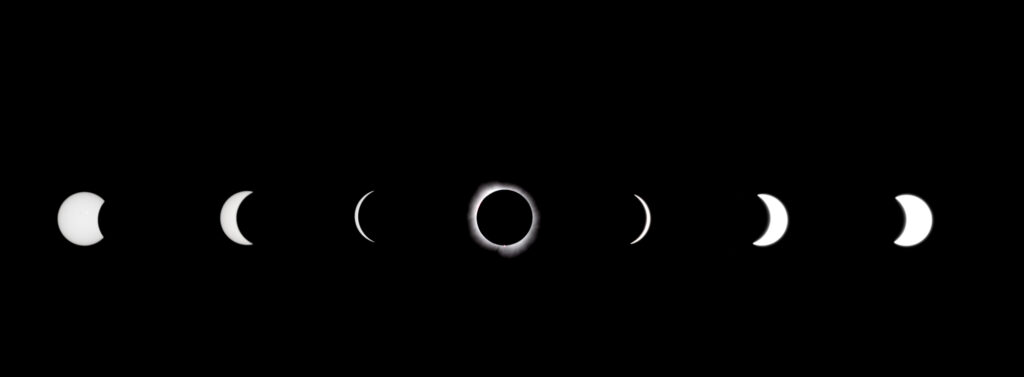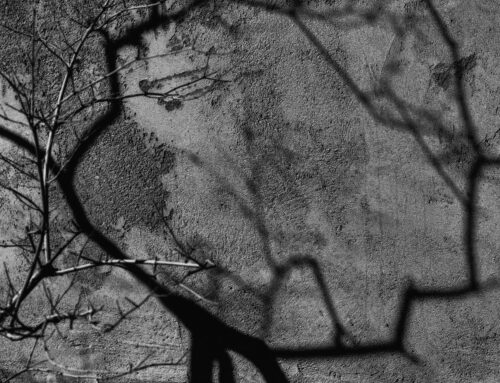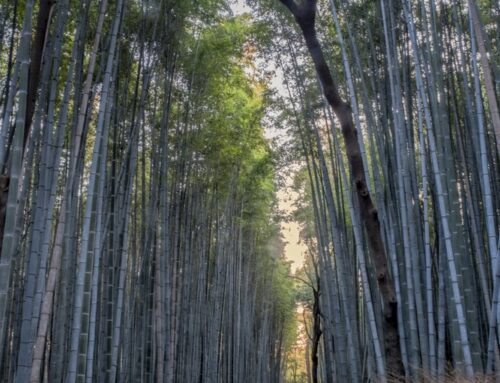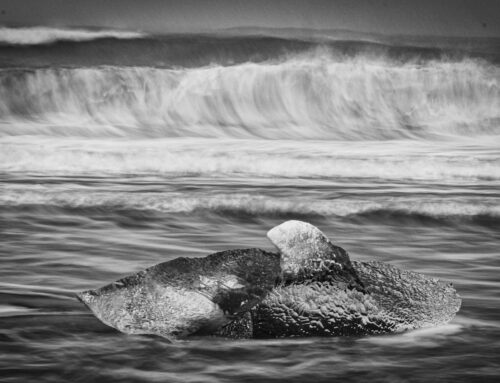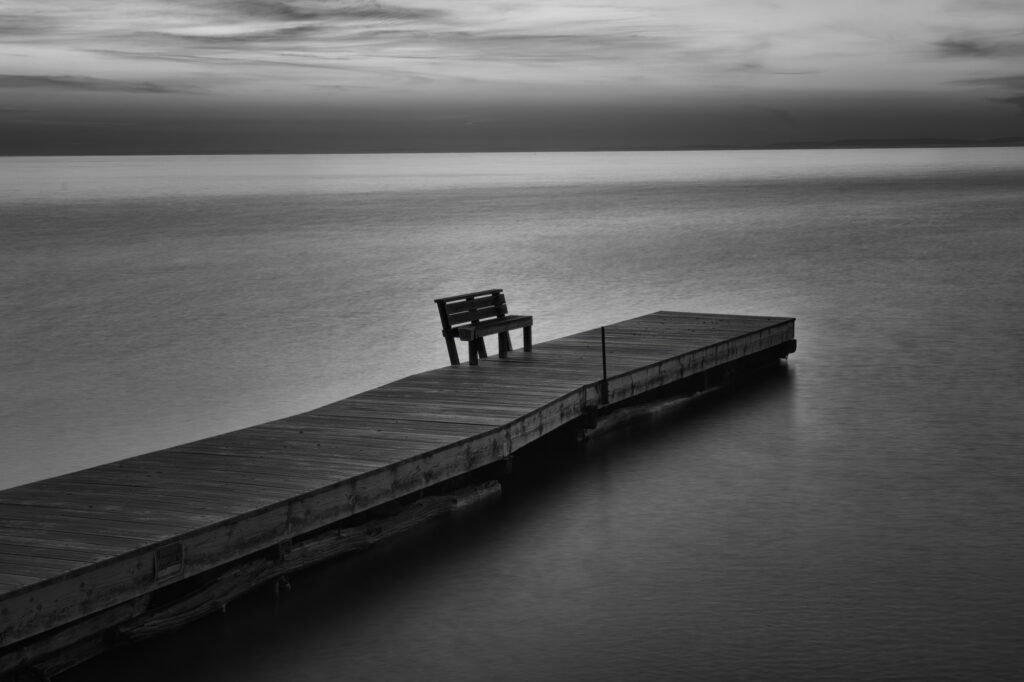
INTRODUCTION
Thoughts on minimalism in photography
I studied music at Indiana University and was a professional musician for many years before my carreer in photography. I still listen to classical music( I really hate that term) and jazz. Both genres offer a great amount of what is referred to as minimalistic music. These forms of music are more similar in many ways to a photograph than most prople think.
For the most part, music is based on form, notation, tempo, harmony, volume and most importantly style. In art, including photography we can draw distinct paralles to these music.
form = composition
notation = “things” included within the image
tempo = the flow of the images ( simple vs comples)
harmony = how all aspects of the image work with each other
volume =subject size, color dominance etc.
STYLE = documenraty, character , panache variety, simple or complex and minimalistic
Initially, one may believe that a minimalistic photography is a easier entinty compared to the images that most photographers create normally. I can assure you, it is not. Freeing ourselves of the comfort levels and constraints that we all find comforting when creating a photograph can be challenging to say the least.
 During the years between 1300 and 1400, Gregorian Chant was the first music that we can term “minimalistic”. Gregorian Chant used slow movingrhythm, little or no harmony, simple rhytnms, and modes rather than scales. These chareristics create a reflective and complitative effect The modes used were so effective that composers such as Bach, Mozart, Beethoven and others included them in compositions later in music and ones we still consider today to be timeless. Around 1900, the ”classic”/ romantic” styles of the day began to change. Compsers like Sibelius found himself to be a bridge between composers such as Wagner or Richard Strauss and the now emerging composers of the times like Mahler, Bruckner Shoenberg, Debussy, Ravel Stravinsky etc. These composers found expressing art in the way that it was prior to 1900 was exhusted and were seeking to reject tradition and embrace individuality. Debussy and Ravel were great examples of this. Both, as well as others broke away from the prior constraints and started using timber, tone and texture as a more defining feature than prior traditional aspects of music such as powerful harmony to create a more minimalistic approach to the music. Today we constantly refining minilalism, when it comes to classical music.
During the years between 1300 and 1400, Gregorian Chant was the first music that we can term “minimalistic”. Gregorian Chant used slow movingrhythm, little or no harmony, simple rhytnms, and modes rather than scales. These chareristics create a reflective and complitative effect The modes used were so effective that composers such as Bach, Mozart, Beethoven and others included them in compositions later in music and ones we still consider today to be timeless. Around 1900, the ”classic”/ romantic” styles of the day began to change. Compsers like Sibelius found himself to be a bridge between composers such as Wagner or Richard Strauss and the now emerging composers of the times like Mahler, Bruckner Shoenberg, Debussy, Ravel Stravinsky etc. These composers found expressing art in the way that it was prior to 1900 was exhusted and were seeking to reject tradition and embrace individuality. Debussy and Ravel were great examples of this. Both, as well as others broke away from the prior constraints and started using timber, tone and texture as a more defining feature than prior traditional aspects of music such as powerful harmony to create a more minimalistic approach to the music. Today we constantly refining minilalism, when it comes to classical music.
When a jazz musician plays a tune, one that is most common, they play a meoldy based on form, tempo, harmony etc. and then typically improvise a solo based on the form and harmony of the song. The musician invokes their own style to individualze the piece. In the mid 1960’s a new style of jazz began to emerge called “free jazz”. Here in some cases, the music began to eliminate the use of form, structure and aspects that most listerns were used to hearing. Many listerns , when hearing this for the first time usually thought the musicins were just playing anything they wanted. This is not at all what was happening. Modal jazz was brought into vogue by what is to this day the highest selling jazz recording of all time “Kind of Blue by Miles Davis. The style used in “Kind of Blue” avoided melodic and harmonic formulas that were starndard in most forms of jazz of the day, and drove the music in new direction. Today, many musicians take a minimalistic approach to create their music. The use of fewer notes to express themselves. This can be trqaced right back to musicians like Miles Davis, Bill Evens and others who expoired a more inimalistic approach to the music. This style has overlapped into rock and other forms of music.
I study many of todays well know photogrtaphers. It is interesting to me how art, specifically photography have followed the pattern of music. Many photogrthers are today, redefining themselves and moving into different aspescts of photograhy.
So why are mininalistic forms becoming so popular in art? We live in a very complicated world. It is getting very hard to find a quiet space anymore. Technoogy has become overwhelming and communication is instant. We text, we share phone screens in nano-seconds. We can tell a comuter to write a paper on anything , and it will do it for us. What is left?
I believe that many artists and all who appreciate art, either conciously or subconsisouly are seeking an escape from todays world and are rebelling against of how the way most of us live today by going beyond the accepted boundaries. Music and art can serve as a conduit to do so. I believe this is a good thing.
In this book I try and explain the characteristics and use of minimalism in photography. You can also take this approach to life and learn to embrace happiness, fulfillment and freedom.

MINIMALISM in PHOTOGRAPHY
Let’s begin by keeping things simple!
Have you ever visited an art museum and noticed viewers standing looking at a painting? Without exception each view is seeing something different and realizing different feelings from the artwork being viewed. The same goes for music, writing and all forms of art.
The Subject is Only Part of the Story
 What is the most important item that every photograph should have to be successful? Most photography instructional books will tell you that every image needs to have a strong subject. This is correct. What is the subject? A subject does not need to be tangible like a tree, building, mountain etc. A subject can be ethereal as well. A color can be the subject. Why not?
What is the most important item that every photograph should have to be successful? Most photography instructional books will tell you that every image needs to have a strong subject. This is correct. What is the subject? A subject does not need to be tangible like a tree, building, mountain etc. A subject can be ethereal as well. A color can be the subject. Why not?
The subject is only part of the image. What is the most important part of your image? It is your story. Every image must have a story, something you, the photographer is attempting to convey to your audience. Keep in mind, your story in many cases will not be the same as your viewer. Remember the audiences looking at the piece of art in the museum?
Often, photographers try to include more information than is necessary to convey their story. Simple is better, even in photographs not deemed minimalistic. A simplistic image makes it easier for the viewer to get to a story from your image. Again, the subject is only part of the story.
How do we Define Minimalistic Photography?
Simplicity is the basic concept of Minimalistic photography. There are two basic concepts that go into this type of photography.
- Eliminating what is unnecessary.
- The use of negative space
What is important in minimalistic photography is to convey your story using only what is essential and eliminate the rest. Successful images tend to be uncluttered, include clean lines, and use only the essentials to create your story for your viewer.
In our daily lives we see a cluttered world, inundated with visual stimuli everywhere. When we see a minimalistic image, we react because it’s quite different from what we see in our daily lives. These types of images offer a hiatus from the complexity that we see in everyday life.
Elements of a Minimalistic Photograph
SIMPLICITY
 Of all the following elements, simplicity is the most important. To make an image simple, it’s about eliminating distractions and using your subject to tell the story in an extremely basic way. We want to free up the viewer to be able to decipher your story without the distractions that often are found in images. Using only one or two elements is a great way to develop a minimalist photograph. It is important to deliver a clear subject out in front of the viewer that will facilitate attention, without distraction.
Of all the following elements, simplicity is the most important. To make an image simple, it’s about eliminating distractions and using your subject to tell the story in an extremely basic way. We want to free up the viewer to be able to decipher your story without the distractions that often are found in images. Using only one or two elements is a great way to develop a minimalist photograph. It is important to deliver a clear subject out in front of the viewer that will facilitate attention, without distraction.
When an image is overly simple, it releases a sense of calmness and expands the viewer’s mind, creating interest. Time and space allow the viewer to speculate and increase their imagination resulting in holding the viewers’ attention.
STRONG COMPOSITION
This is essential as well in creating impactful minimalistic images. It is important to deliberately use balance shapes, lines and even color to bring the viewer into the image. Purposeful use of shapes and lines are part of this concept. Making these elements flow in a balanced way creates part of what goes into a strong minimalistic image and allows the viewer to easily realize a compelling photograph.
NEGATIVE SPACE
Negative space is the empty space that surrounds the subject. Remember that space without information allows the viewer to realize depth in an image. Negative space allows your subject to breathe. Negative space will not command attention from the viewer allowing thought to go into your subject, thus your story. The use of a vast empty sky, body of water or other areas that do not bring attention to the subject are what we call negative spaces.
FOCAL POINT
The focal point is the point where the subject is placed and where you, the artist, want your viewer to concentrate. Using simplicity and compositional technique as already discussed along with a strong focal point is especially important. Many photographers dwell on the “Rule of Thirds.” This rule, rooted in art going back centuries, has merit and often is successful in rendering strong images. However, it doesn’t always work. In minimalistic photography this rule is even more often more unnecessary. Having a subject in an area we are not used to seeing adds to the intrigue. When making minimalistic photographs experiment placing the subject in different areas. You will find different stories coming out of each image. Rules are less important in minimalistic photography.
COLOR
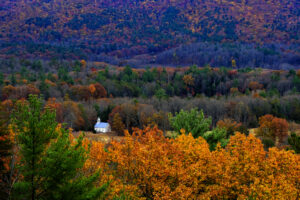
Again, we go back to the word “Simplicity.” Overabundance of color in a minimalistic image sends the same message to the viewer as clutter, and distractions do. Keeping images simple when it comes to color is a good way to convey a simple but strong story to the viewer. Using no more than 3 colors is a good rule to remember. Strong colors like red, yellow, and orange are much more impactful to viewers than greens, blues, and grays. The less use of multiple bold colors the better. There is a reason stop signs are red!
Complimentary colors (red, green, blue, yellow etc.) help with keeping things simple. This concept also works with every type of photography but is more important in minimalistic photography.
BLACK and WHITE, or non-color images
 Color can distract from any image if used improperly. In minimalistic photography black and white or monochrome imagery can make an image even more minimalistic. Black and White images can invoke drama into a photograph. Black and white images allow the viewer to concentrate on the shapes, lines, subject and texture of the image without distraction.
Color can distract from any image if used improperly. In minimalistic photography black and white or monochrome imagery can make an image even more minimalistic. Black and White images can invoke drama into a photograph. Black and white images allow the viewer to concentrate on the shapes, lines, subject and texture of the image without distraction.
Even having an image in color, but with drastically reduced color can bring the viewer into a different world and make for a successful image.
The ART of Minimalism
What must be done in everyday photography is even more important in minimalistic photography.
Making successful minimalistic images may seem easy as the photographer is eliminating much of what goes into a typical image. It is not. Successful minimalistic photographs require even more thought and preparation before the shutter is depressed.
- SLOW DOWN
Even before taking your camera out of the bag, intently observe the location and what may be interesting to you, the photographer. Methodically look around, take a visual inventory of the area. Not only do you seek out interest but look for distractions and things that can be added to a photograph. If there is nothing, move on. Know when NOT to photograph.
- MAKE DECISIONS
Here is where you decide if there is a story o=you want to tell. If so, ask yourself:
- Is there an interesting subject?
- Is the light good?
- Are you sure?
- Where do I want to position myself, walk around before deciding (important!)
- Aperture and Shutter speed?
- Color or non-color?
- Perspective?
- Lens Choice?
- Exposure?
- More!
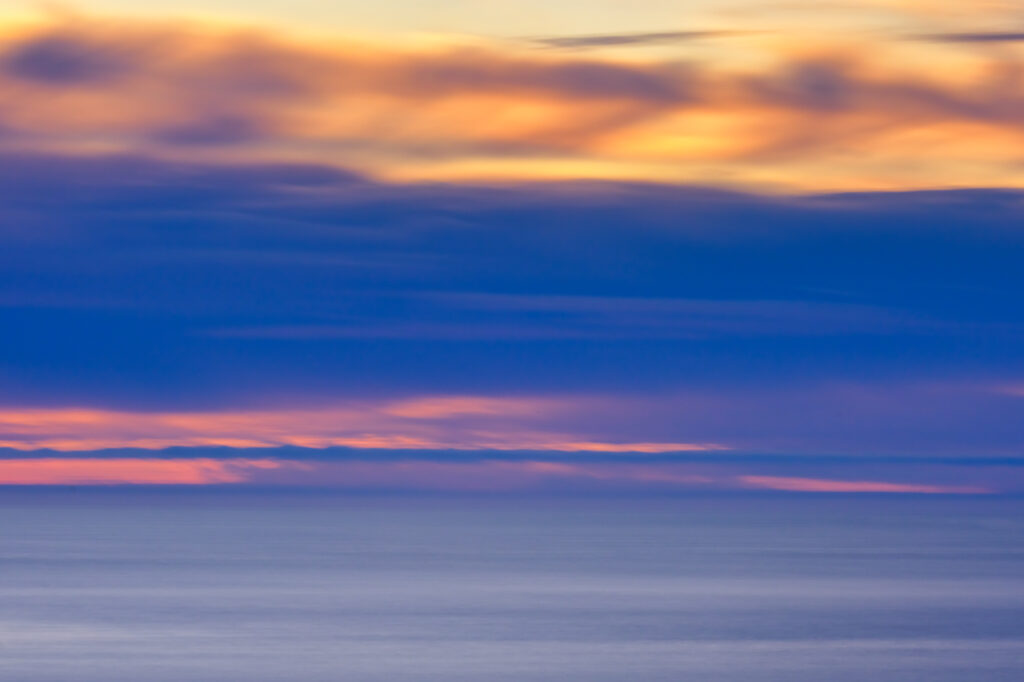
- ELIMINATE DISTRACTIONS
Look around more and determine if there are distractions that will diminish your story. Remember to walk around, get low to the ground or higher and determine what’s right for you. Most times where you initially stand isn’t the best perspective.
- PRE-VISUALIZE the FINAL IMAGE
Think about what you want the image to look like and the story you are trying to tell. This is about how you will process this image and how you want the final image to look, after everything is completed.
These decisions can affect lens choice and exposure settings and more. These determinations affect the final story.
- EXPERIMENT
It is important to experiment with different aspects as listed above. All will drastically tell a different story to the viewer. Sometimes it is better to make decisions post field work, at your computer or at home. Having multiple choices when to comes to focal length, perspective, exposure etc. allows you to determine which image works better for you and conveys your story. This is often accomplished better after the fact.
Remember, minimalistic photography isn’t easy. It takes even more introspection and cognitive processes than a non- minimalistic image. Like everything else, practice is essential. Have fun!
